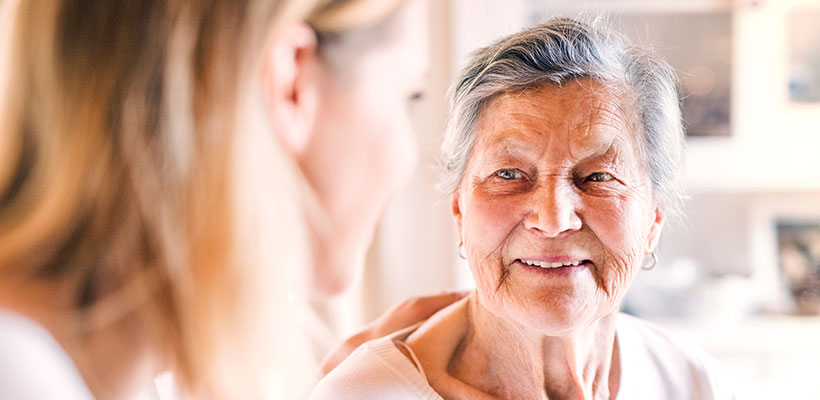
Ageing Skin and Rejuvenation
As we age, our skin, like the rest of our body, goes through a series of changes. Therefore, it is important to get your skin checked for irregularities.
There is variety of factors that contribute to the level and speed our skin will age.
These include:
- skin type – whether we have fair or dark skin
- sun exposure – particularly where we have lived most of our life and how much UV damage we have experienced
- outdoor work or hobbies
- genetic background
- lifestyle, particularly smoking
- nutrition and general health.
- Intrinsic ageing: the inevitable changes caused by the passing of time as we age.
- Photoaging: caused by the effects of the sun over time. 90% of visible signs of ageing in Australians is caused by chronic sun exposure.
- Influences: the nature of our lifestyle, smoking and genetic characteristics also play a part in these changes.
• As we age wrinkles and other signs of aging appear on our skin. Skin has many functions that decline with age, these include:
- barrier function
- cell replacement
- DNA repair
- epidermal hydration
- immune responsiveness
- mechanical protection
- sebum production
- sensory perception
- sweat production
- thermoregulation
- vitamin D production
- wound healing
The main contributor to skin ageing is sun exposure. The ultraviolet radiation of the sun interacts with our skin (particularly the dermis, the underneath layer of the skin) and causes damage. This is known as photoaging.
Photoaging is often evident on our hands, the part of our body most often exposed to sunlight without protection.
During photoaging our skin layers are affected differently by different wavelengths of UV light.
The upper layer (epidermis)
During photoaging the epidermis thins, pales and becomes more translucent due to short wavelength UV radiation (UVB). Changes in the epidermis lead to the development of both pre-cancerous and cancerous skin lesions.
The underneath layer (dermis)
The dermis is particularly susceptible to damage from longer wavelength UV radiation (UVA), which damages the support structures of the skin, particularly collagen and elastin. In addition, blood vessels are damaged causing easy bruising.
Wrinkles and sun spots are the two types of photoaging we are most familiar with, but there are many different signs of photoaging that appear on our skin as we get older.
These include:
- dryness (roughness) – caused by a lack of moisture in the skin
- actinic keratosis – a rough, scaly patch on your skin that develops from years of exposure to the sun. Actinic keratosis is most commonly found on your face, lips, and ears, back of your hands, forearms, scalp or neck.
- irregular pigmentation – freckling, lentigines (small brown patches of skin)
- wrinkling – fine surface lines, deep furrows
- elastosis – a condition in which skin appears yellow and thickened as a result of sun damage.
- telangiectasia – a condition in which there are visible small linear red blood vessels (broken capillaries)
- venous lake – a small blood vessel (vein) in the skin, which over time has become enlarged
- purpura – reddish-purple spots, which look like bruises, caused by blood vessels bursting and blood pooling under the skin
- inelasticity – skin elasticity is the skin’s ability to stretch and then go back to normal once the need to stretch is gone. Reduced skin elasticity is a fact of ageing for most people.
Many of these signs of aging will occur in all of us over time but you can slow them down by protecting your skin from the sun.
Prevention is better than cure when it comes to the ageing of our skin.
We cannot completely prevent signs of age from appearing on our skin. Fortunately, there are a few steps we can take to prevent premature skin ageing.
- Always apply sunscreen when the UV Index is above 3. To be effective, sunscreen must be broad-spectrum (protect against both UVA and UVB) and must be reapplied every two to four hours. Broad-spectrum sunscreens are better at protecting against DNA damage and photocarcinogenesis, and in delaying skin cancer development compared with non-broad-spectrum sunscreens. Use a sunscreen that is SPF 50+.
- Avoid or minimise your time in the sun when the UV levels are generally high.
- Wear a protective broad-brimmed or legionnaire-style hat, shirt made from high UPF material with a collar and long sleeves, and long pants or skirt.
- Seek shade when outdoors when the UV Index is above 3.
- Do not start smoking or, if you do smoke, plan to quit.

